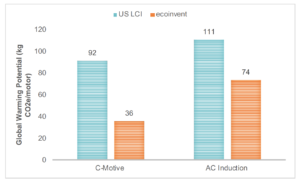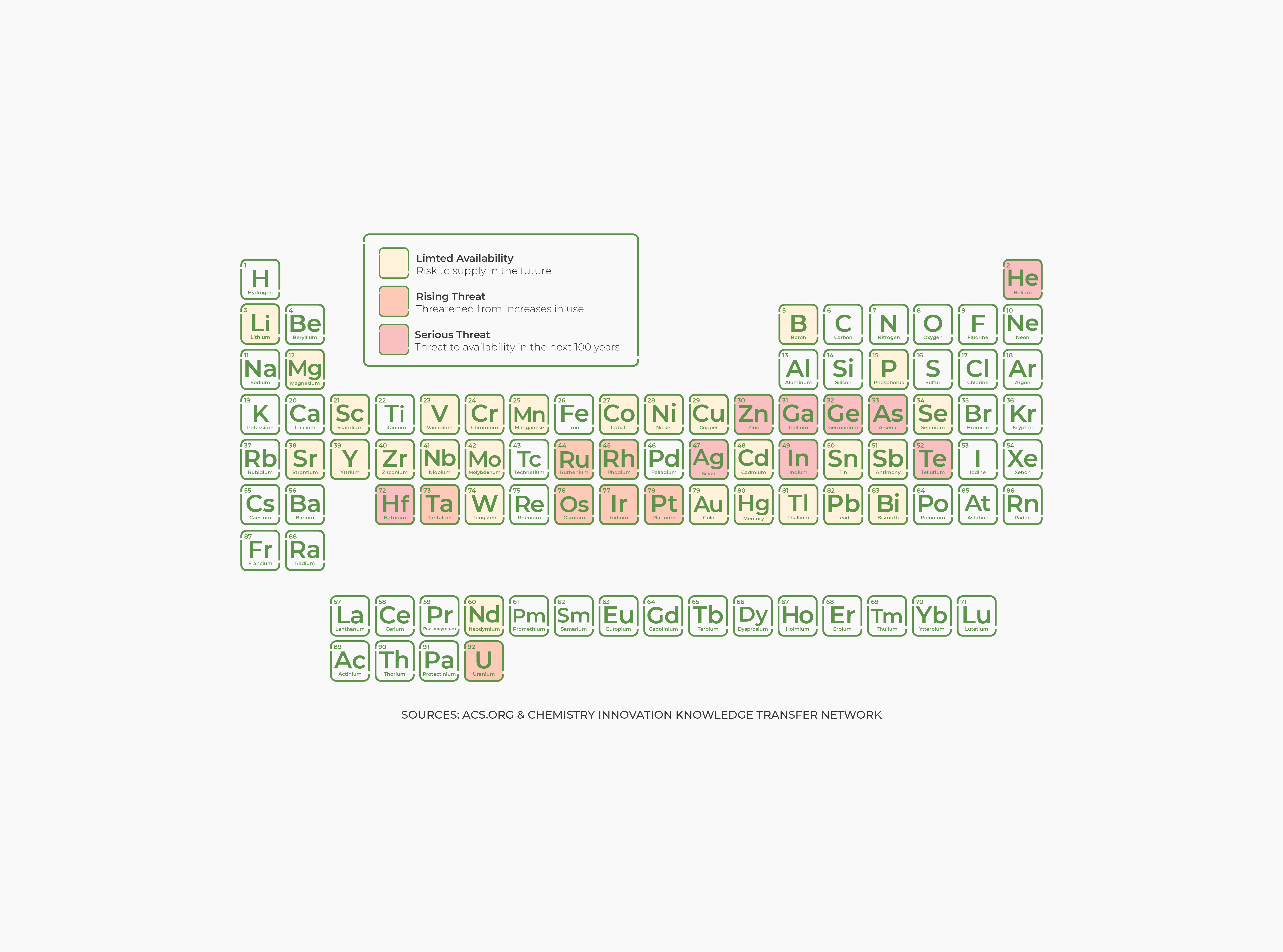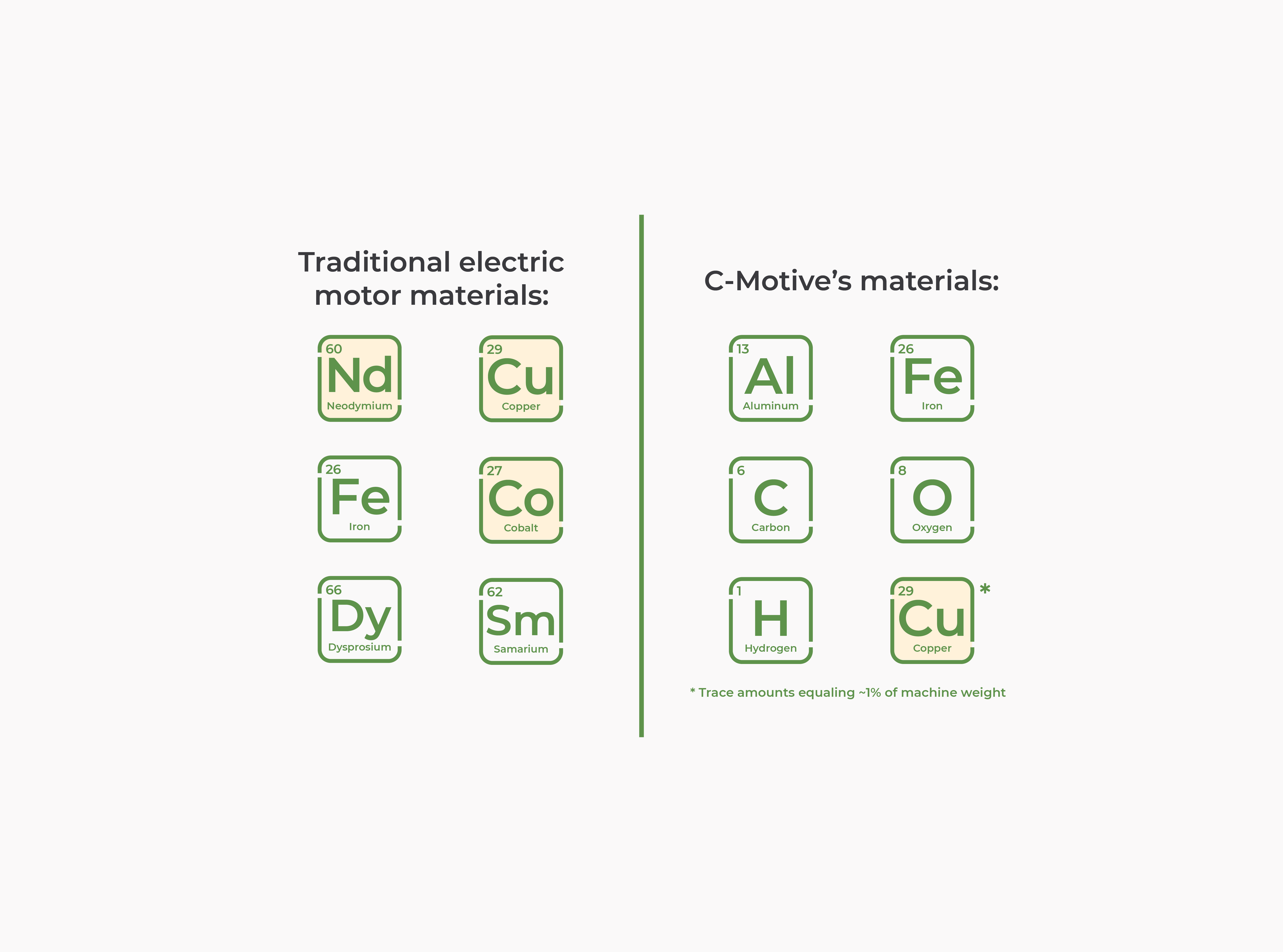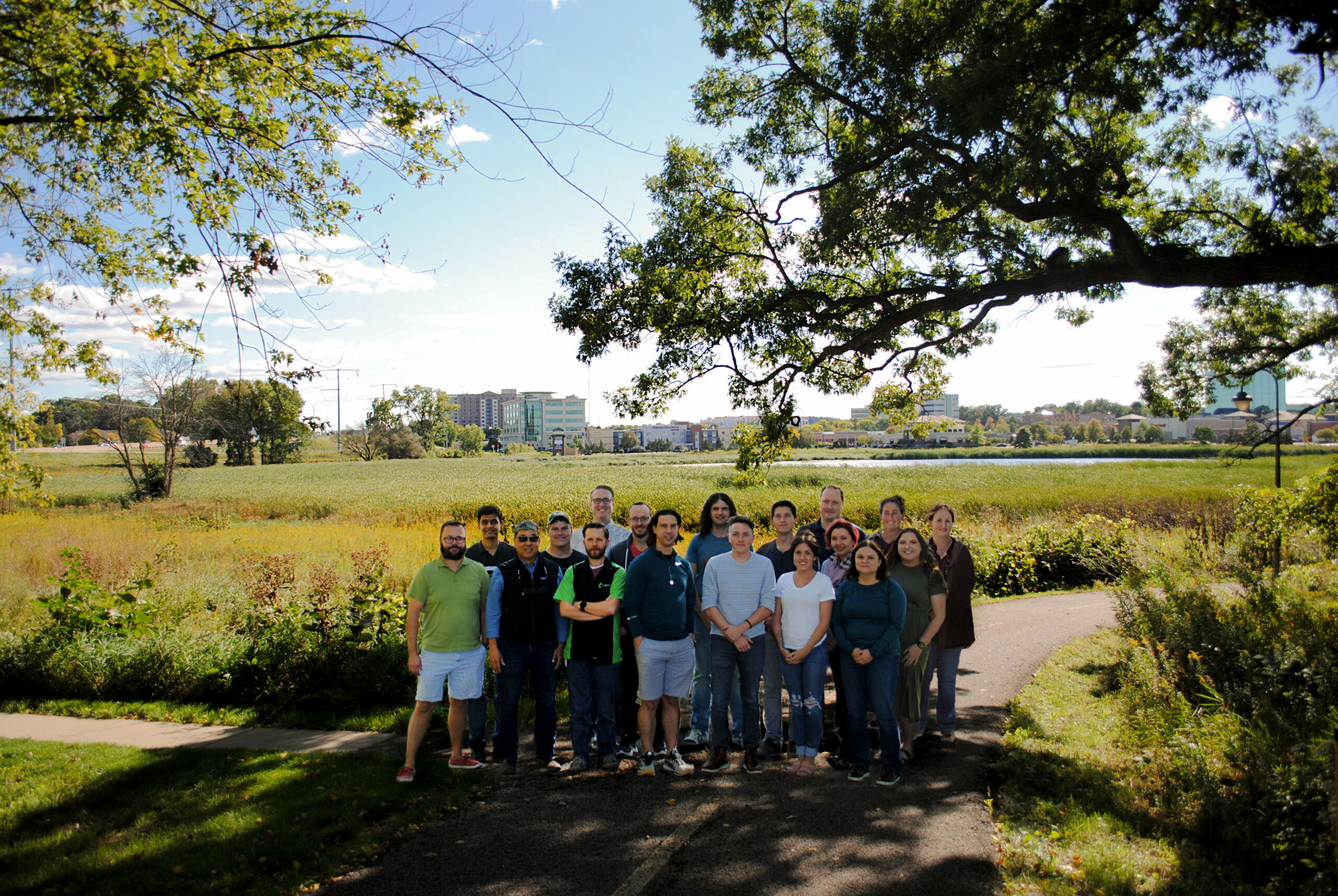- Carbon dioxide increases have directly contributed to the climate crisis
- C-Motive’s technology has lower impact on scope 2 carbon emissions
- Without magnets or copper, scope 3 carbon emissions are much lower
Decarbonization
Reducing CO2 levels (decarbonization) is essential to fixing the climate crisis. Significant contributors of carbon emissions are all around us in more ways than one; while an electric vehicle may not burn fossil fuels and emits fewer carbon emissions, it could still be manufactured with materials that contribute generously to carbon emissions. Because of this, we need to dig deeper to truly make a difference in CO2 levels.
Carbon emissions are sectioned into three scopes:
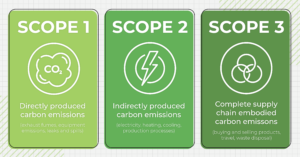
Dedicated work towards decarbonized technology involves working with each scope and making improvements wherever possible. For C-Motive, that means improved machine efficiency, removing the need for rare earth metals, and a full domestic supply chain.

